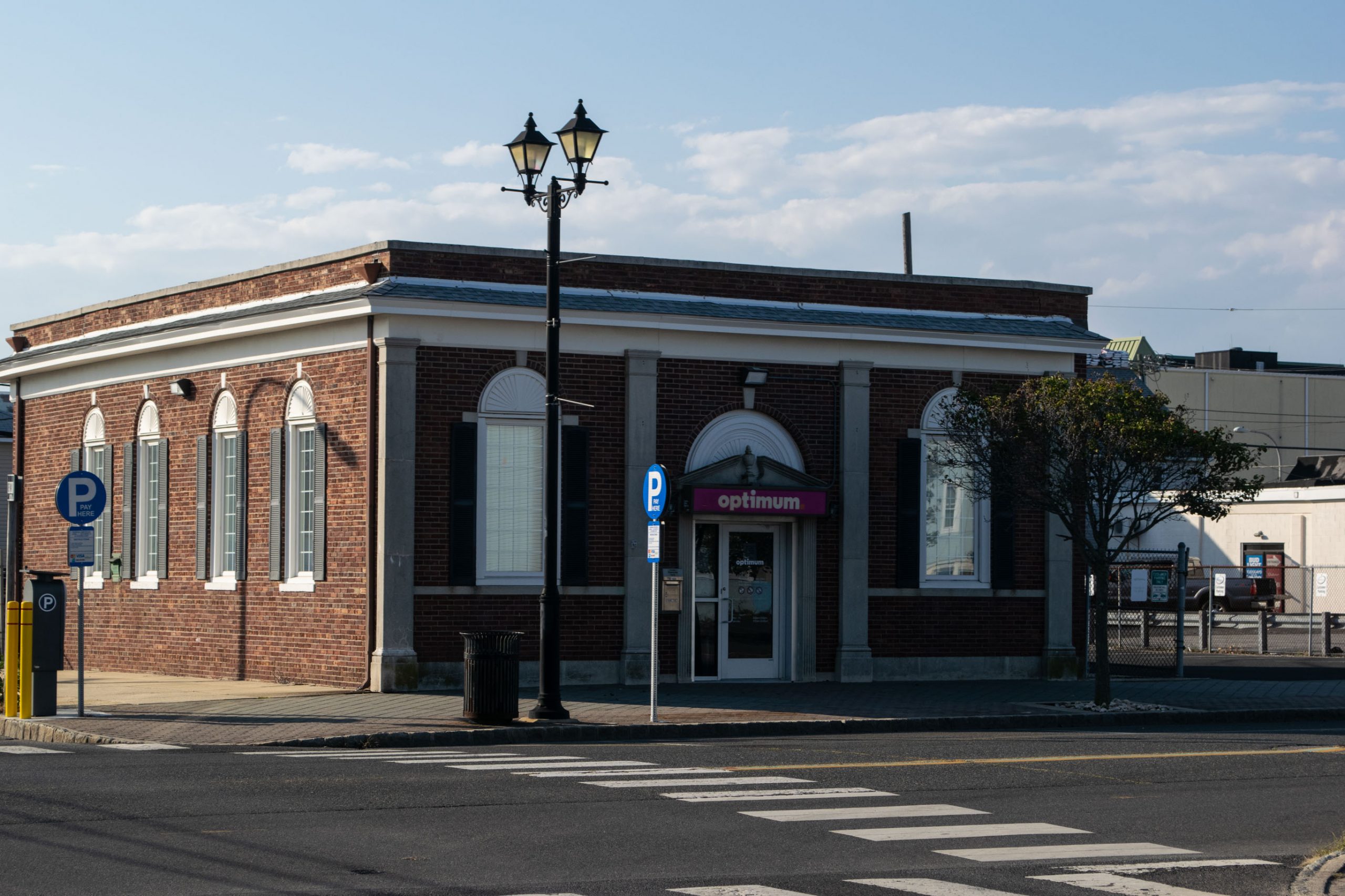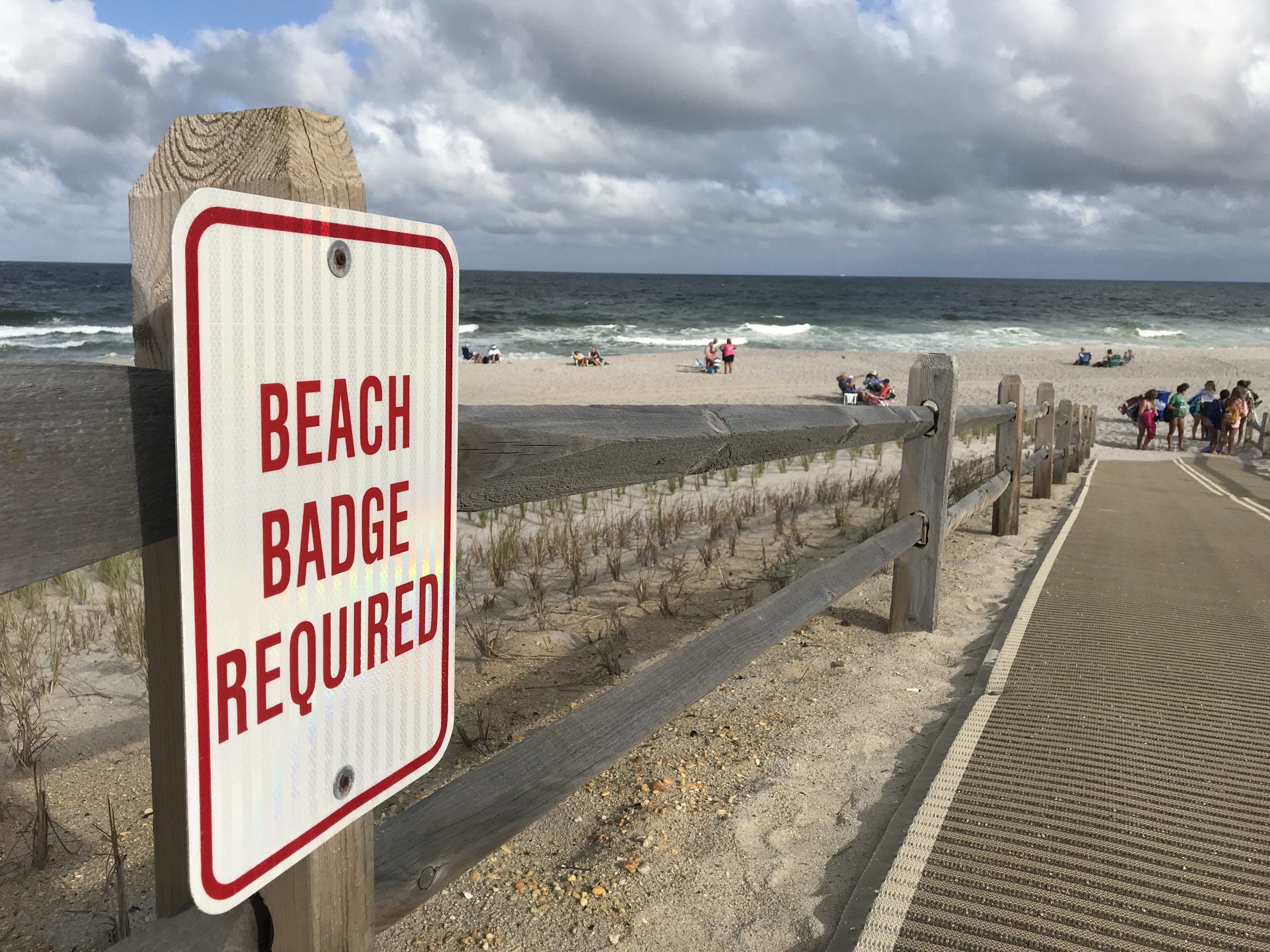A pleasant surprise greeted those out to catch a few rays of sunshine this week – or perhaps to catch an early season striped bass from beaches in Ortley Beach and Lavallette.
The sand lost during the nor’easter of two weeks ago has returned, albeit in a smaller capacity than before, in Ortley. In Lavallette, most beaches – especially in the northern and center portions of town, near President Avenue, for example – have retained their large, 200-foot-wide berm that has been in place all summer. Entrances, of course, were clear of the deluge that rushed into them during the storm, blocking access with a meter’s worth of water.
As Shorebeat previously reported, news of dune systems losing that initial berm – the technical name for the place where beachgoers set up their chairs all season – often brings cries that the project has failed. But engineers have explained it’s just the opposite: the sand that is lost during the winter season often forms a protective bar offshore that sops up wave energy before breakers reach the coast, preventing the type of pounding that Superstorm Sandy produced nearly seven years ago. The most important part of the story, according to the experts, is that the dune itself came through the storm without a scratch. There was no erosion to the dune line and all of the dune grass is intact.
“The dune is the meat and potatoes of what we’re putting out there,” said Dr. Harry Friebel, a coastal expert with the U.S. Army Corps of Engineers, before the project even got off the ground. “The berm, I hate to use the word sacrificial, but it is there to protect the dune. Mother Nature is the best at doing what she wants to do. Nature is going to evolve the beach profile the way it wants to.”
As for the sand that already washed away – well, it’s still there, you just can’t see it.
“As fall comes and the winter comes, the waves get energized,” said Friebel. “The waves will start eroding the wide berm from the summer profile and will deposit that sand into an offshore bar during the winter. As that offshore bar builds, those waves will break on the bar dispersing the energy out there rather than the berm.”
You can read the full report on post-replenishment dune systems here.

Advertisement

Police, Fire & Courts
Police Investigating Possible Shots Fired in Seaside Heights

Police, Fire & Courts
Cops: Juvenile Arrested After 118mph Joy Ride in Seaside Heights, Toms River Kills 2

Seaside Heights & Seaside Park
Seaside Heights Mourns Passing of Boardwalk Legend, Still Working Into His 90s








